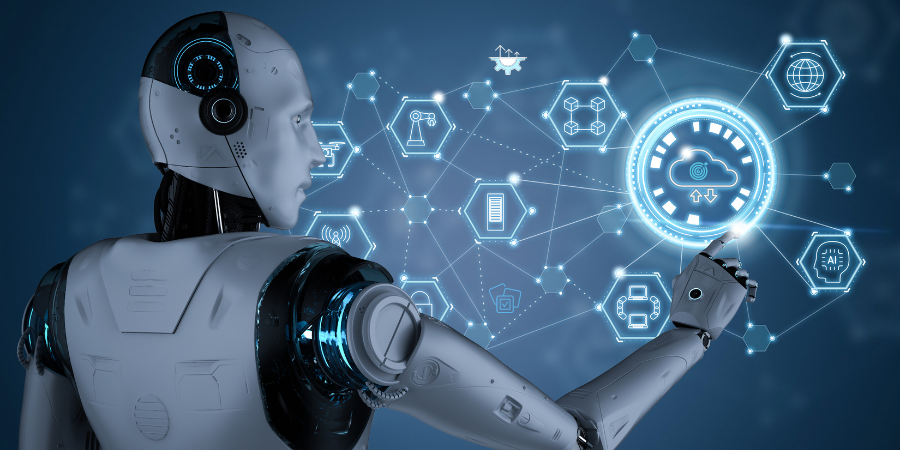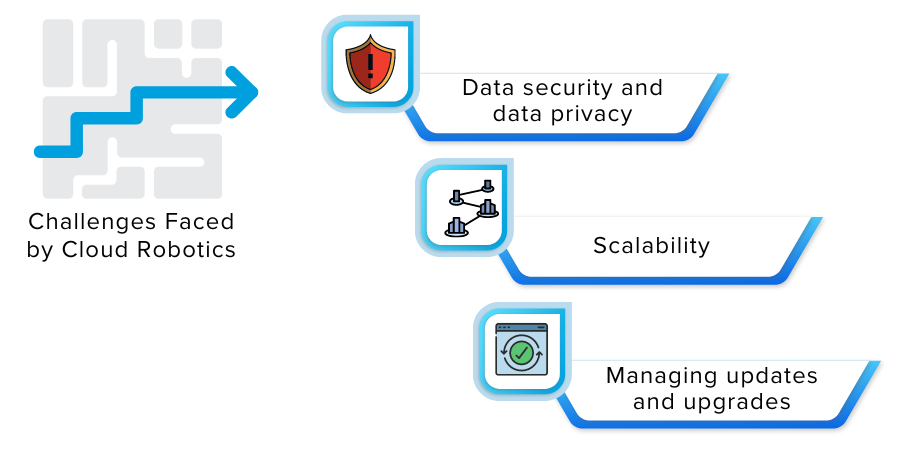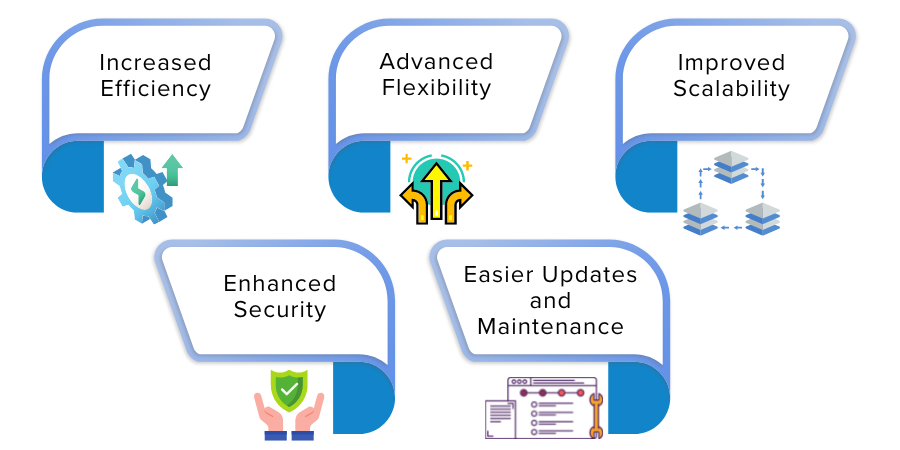
Robotics technology has come a long way in recent years and is one of the most exciting frontiers in cloud robotics. Cloud robotics is the integration of robotics and artificial intelligence with cloud computing. It means robots can access vast amounts of data and processing power. This blog post will explore some of the challenges of cloud robotics.
What is Cloud Robotics?
Cloud Robotics is the next big thing in the tech industry. Cloud robotics is a new field that enables robots to be controlled and operated over the internet. By using cloud-based services, robots can constantly receive updates and further information. It allows them to be more flexible and adaptable to changing environments.

Challenges Faced by Cloud Robotics
As the world becomes increasingly digitized, the robotics industry is also beginning to move toward the cloud. Cloud robotics is a new and emerging field that offers many advantages, but also comes with certain challenges.
One challenge of cloud robotics is data security and data privacy. When sensitive data is stored in the cloud, there is always the risk of it being hacked. Moreover, businesses need to be careful about how they store and use customer data to avoid violating laws and regulations regarding privacy.
Another is scalability. As demand for robotic services increases, businesses need to scale their operations quickly and efficiently. It can be challenging to do with on-premise systems.
And the last one is managing updates and upgrades. With on-premise systems, businesses have more control over when and how they roll out updates and upgrades. With cloud-based systems, updates are typically released by the provider regularly, making it difficult for businesses to keep up.

Benefits of Cloud Robotics
By using the cloud, robots can connect to a vast array of data and resources, which can help them to be more efficient and effective in their work. Some of the key benefits of cloud robotics include the following:
- Increased Efficiency: Cloud-based robots can often work faster and more efficiently than their offline counterparts, as they have access to more data and resources.
- Easier Updates and Maintenance: As all the data is stored on the cloud, it is much easier to update and maintain the robot than an offline robot, which would require physical access.
- Advanced Flexibility - With cloud robotics, you can quickly and easily change your robotic processes to adapt to new situations or tasks.
- Improved Scalability - Cloud-based solutions make it easy to scale up or down as needed, without incurring the high costs associated with traditional on-premises solutions.
- Enhanced Security - Cloud-based solutions also allow you to take advantage of the latest security technologies, ensuring that your data is safe and secure.
The challenges of cloud robotics must be overcome for the advantages to be realized. However, if these challenges can be addressed, cloud robotics has the potential to revolutionize the way we interact with and use robots in our everyday lives.
How does Cloud Robotics Differ from Automation?
There are several key ways in which cloud robotics differs from automation:
- Cloud robotics uses remote servers and devices to provide processing power, storage, and other services, whereas automation relies on local hardware and software. This allows for a much more scalable and flexible approach to robotics.
- Cloud robotics can provide new collaboration and innovation opportunities, whereas automation focuses on efficiency and productivity.
- Cloud robotics is still in its early stages of development, whereas automation has been around for many years and is well-established. It means that there are still many challenges to be faced with cloud robotics and considerable growth potential.
Applications of Cloud Robotics
There are many potential applications for cloud robotics, including home automation, industrial automation, assisted living and healthcare, security and surveillance, disaster response, and search and rescue. Here are just a few examples:
- Robots can be used to monitor and manage industrial machinery remotely, reducing downtime and increasing efficiency.
- Robots can be used to provide personalized customer service in retail and hospitality settings.
- Robots can be used for delivery and logistics, providing fast and efficient service.
Illustrations of Development in Cloud Robotics
One of the most impressive examples of cloud robotics in action is Google's AlphaGo artificial intelligence (AI) system, which defeated a world champion Go player Lee Sedol in a five-game match in 2016. AlphaGo defeated Sedol thanks to its ability to learn from millions of past games and make better decisions.
Other cloud robotics developments include systems that can autonomously explore new environments, such as disaster zones; collaborate with humans on tasks such as manufacturing; and even provide emotional support.
Conclusion
As this technology continues to evolve, it's clear that the applications for cloud robotics are virtually limitless. However, many challenges still need to be addressed before they can truly take off. With that said, cloud robotics can revolutionize how we interact with robots and could lead to a future where robots will be an integral part of our lives.



























 Batoi Corporate Office
Batoi Corporate Office